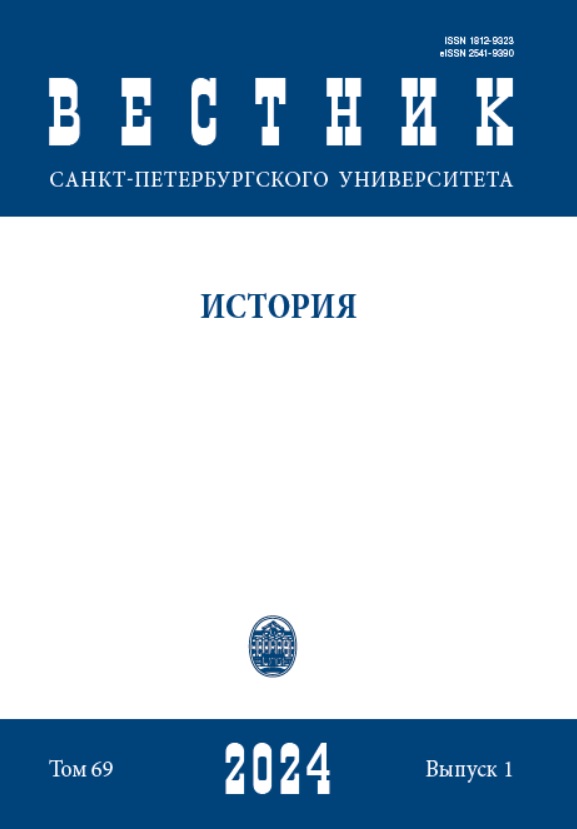Cumans in the Hungarian Domestic Policy in the Second Half of the 13th Century
DOI:
https://doi.org/10.21638/spbu02.2024.107Abstract
The article explores a range of issues related to the role of the Cuman population in the life of Hungarian society in the second half of the 13th century. Political crises arose against the background of the struggle between contenders for the throne. Gradually, special vassal-lord relationships were formed. Land allotments were granted to the feudal lords not in exchange for
service but on account of their past services to the king. As wealth grew, so did the ambitions of the Hungarian barons. Bela IV planned to use the Cumans, who had resettled in the middle of the 13th century, in the fight against the local magnates. Gradually, the role of nomads in the royal court increased. The Cumans had become one of the key players in the domestic
political arena of the country. During the civil war between Bela IV and Prince Istvan, the Cumans supported the king at the beginning of the conflict. During the reign of Laszlo IV, the Cuman aristocracy gained an advantage in terms of influence over the king. The king favored the Cumans, who also comprised his bodyguards. Local magnates, with the support of the
papal legate in 1279, achieved the adoption of a law on the Cumans, which radically changed the way of life of the nomads. Because of this, the Cumans rebelled, and the king lost their traditional support. Later, representatives of the Cuman nobility became the main participants in the murder of Laszlo IV.
Keywords:
Cumans, Golden Bull, familiaris, servientes, legate, Cuman law, nuker
Downloads
References
Downloads
Published
How to Cite
Issue
Section
License
Articles of "Vestnik of Saint Petersburg University. History" are open access distributed under the terms of the License Agreement with Saint Petersburg State University, which permits to the authors unrestricted distribution and self-archiving free of charge.





